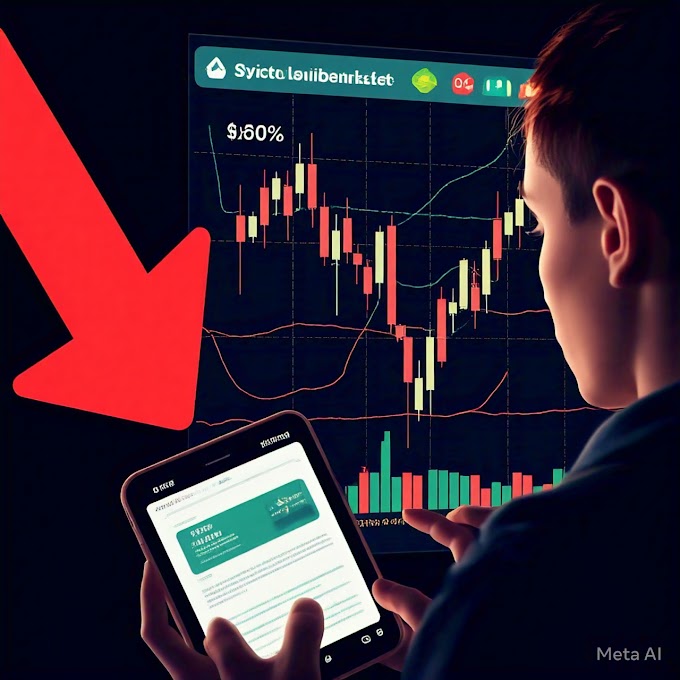How to Mine Cryptocurrency: A Step-by-Step Guide
Cryptocurrency mining is the process by which new coins are created and transactions are verified on a blockchain network. While it might seem complex, this guide will break down the steps to help you get started with mining cryptocurrency. Whether you're looking to mine Bitcoin, Ethereum, or another digital asset, understanding the basics will set you on the right path.
Understanding Cryptocurrency Mining
At its core, cryptocurrency mining involves solving complex mathematical problems to validate transactions and add them to the blockchain. Miners use powerful computers to perform these calculations, and in return, they are rewarded with newly minted coins and transaction fees.
Steps to Start Mining Cryptocurrency
Choose Your Cryptocurrency
Different cryptocurrencies use different algorithms for mining. Bitcoin, for instance, uses the SHA-256 algorithm, while Ethereum uses Ethash. Research and decide which cryptocurrency you want to mine.
Get the Right Hardware
ASIC Miners: Application-Specific Integrated Circuits (ASICs) are specialized hardware designed for mining specific cryptocurrencies. They are highly efficient but can be expensive.
GPU Miners: Graphics Processing Units (GPUs) are versatile and can mine various cryptocurrencies. They are more affordable than ASICs but less efficient for certain coins.
CPU Miners: Central Processing Units (CPUs) are the least efficient and are generally not recommended for serious mining.
Choose Your Mining Software
Depending on your chosen cryptocurrency and hardware, you'll need to select compatible mining software. Popular options include CGMiner, BFGMiner, and EasyMiner for Bitcoin, and Claymore and PhoenixMiner for Ethereum.
Join a Mining Pool
Mining pools are groups of miners who combine their computational power to increase their chances of earning rewards. Pool members share the rewards based on their contribution to the pool's overall mining power. Popular mining pools include Antpool, Slush Pool, and F2Pool.
Set Up a Wallet
You'll need a digital wallet to store your mined cryptocurrency. Choose a secure wallet that supports your chosen cryptocurrency. Options include hardware wallets like Ledger and Trezor, software wallets like Exodus and Electrum, and web wallets like Coinbase and Binance.
Configure Your Mining Rig
Install the mining software and configure it according to the instructions provided. You'll need to input details like your mining pool's address, your wallet address, and any additional settings required by the software.
Start Mining
Once your hardware and software are set up, start the mining process. Monitor your mining rig to ensure it operates smoothly and efficiently. Keep an eye on temperatures, power consumption, and overall performance.
Monitor and Maintain
Regularly check your mining rig and software for any issues. Keep your hardware clean and well-ventilated to prevent overheating. Stay updated on the latest mining software updates and optimizations.
Factors to Consider
Electricity Costs: Mining consumes a significant amount of electricity. Ensure that your potential earnings will cover your electricity costs and still leave you with a profit.
Difficulty and Rewards: The mining difficulty and rewards for each cryptocurrency can fluctuate. Keep an eye on these changes to determine if it's still profitable to mine your chosen coin.
Initial Investment: Mining equipment can be expensive. Calculate your initial investment and estimate how long it will take to recoup your costs and start making a profit.
Conclusion
Mining cryptocurrency can be a rewarding venture if done correctly. By choosing the right cryptocurrency, hardware, software, and joining a mining pool, you can increase your chances of success. Always stay informed about the latest developments in the mining industry and be prepared to adapt to changes.
Remember, mining isn't for everyone. It requires a significant investment of time, money, and technical knowledge. However, for those willing to put in the effort, it can be a lucrative way to earn digital assets.



.png)




